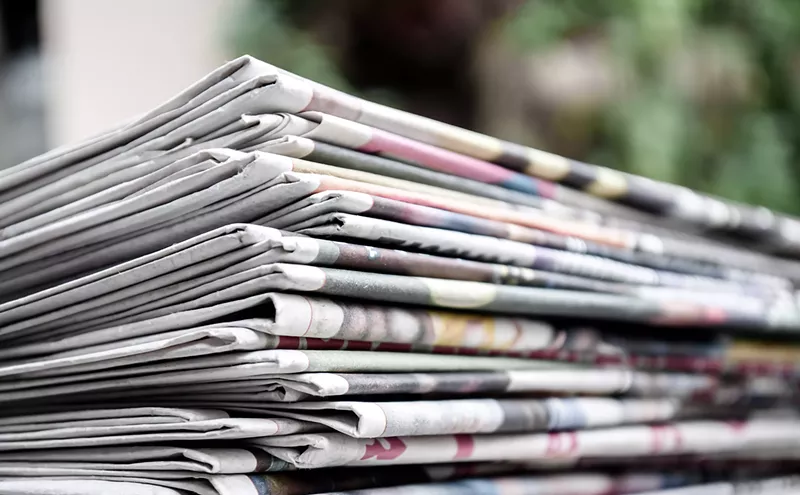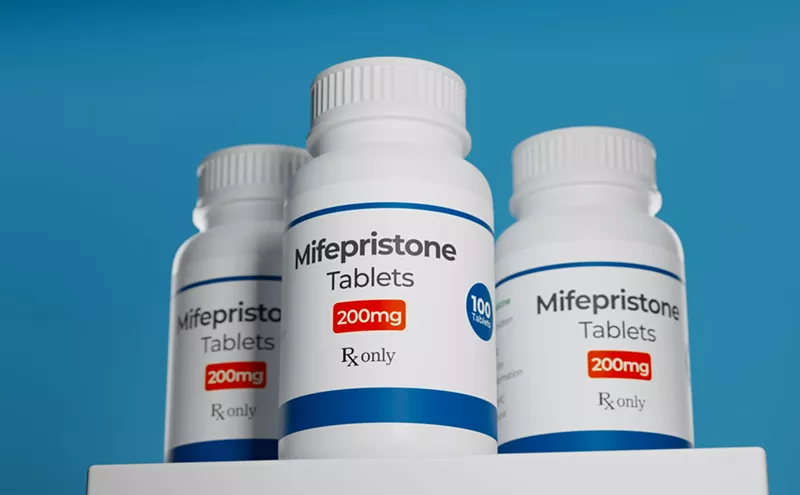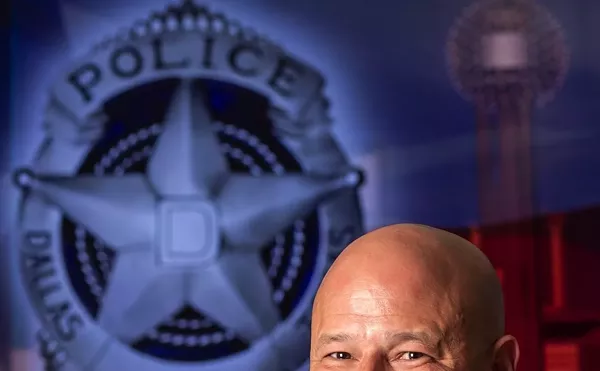After all of us and our children are dead, Texas will finally get this pesky ozone problem under control. That's according to a state clean air plan that the Environmental Protection Agency just rejected but Texas environment officials are continuing to defend anyway. Texas environment officials, go pat yourself on the back and then take a nap. You deserve it.
Texas came up with the little sad-sack clean air plan because we were forced to, just like every other state. In Dallas and all the other major American metropolitan areas, the air quality has been consistently terrible. Under the Clean Air Act, the EPA has been ordering states to come up with ways to do something about it.
It was back in 1999 when the EPA developed one of its clean-air programs, called the Regional Haze Rule. The rule calls for states and the feds to cooperate and find a way to improve visibility in 156 national parks, the point being not just to make parks nicer but to force the offending industries to reduce their ozone pollution.
Under the EPA's proposed timeline, many of us could still be alive by the time humanity reaps the benefits of this haze rule. "The ultimate goal is to achieve natural background conditions, or conditions which existed before manmade pollution, by 2064," writes the EPA.
Instead, however, Texas has countered with a plan that proposes completely ignoring the EPA's deadline. "At the rate of improvement proposed in this SIP [state implementation plan], natural visibility levels would not be reached until 2081 at the Guadalupe Mountains and 2155 at Big Bend," state officials have acknowledged for a few years. Go visit the Big Bend with a paint that can last 140 years and spray the words "you're welcome, future people" on a rock somewhere.
It's up to the EPA to approve Texas' plans, and on Monday the EPA finally said no. The EPA announced in a polite press release that it is rejecting a few key portions of Texas' clean air plans.
"Because parts of Texas' plan did not meet federal Clean Air Act requirements, EPA has proposed to disapprove parts of the state's plan for reducing haze pollution ..." the EPA says in a statement.
So, what's Texas supposed to do? The feds have a simple solution: crack down on the sulfur dioxide emissions at eight of our coal plants. Businesses targeted include Luminant, the Dallas-based energy company that has already angered more than 6,500 local doctors and the feds with its coal pollution that invades North Texas.
See also: Why Denton's Air Quality Is the Worst in Texas
Will the Texas Commission on Environmental Quality take the EPA's latest constructive criticism into account? Of course not. The TCEQ instead is complaining that the EPA's changes will cost $2 billion. "These costs would invariably be passed on to consumers, either directly or indirectly, and could have consequential impacts on the state's power grid," the TCEQ told the News in a statement Tuesday. It's not clear what Texas will do now, but Greg Abbott seems like the type of governor who will not be afraid to file a sternly-worded lawsuit.
Of course, North Texas has been out of compliance with the Clean Air Act for 17 years now, so another violation and 140 more years of waiting probably won't bother anyone that much anyway.
Send your story tips to the author, Amy Silverstein>.












